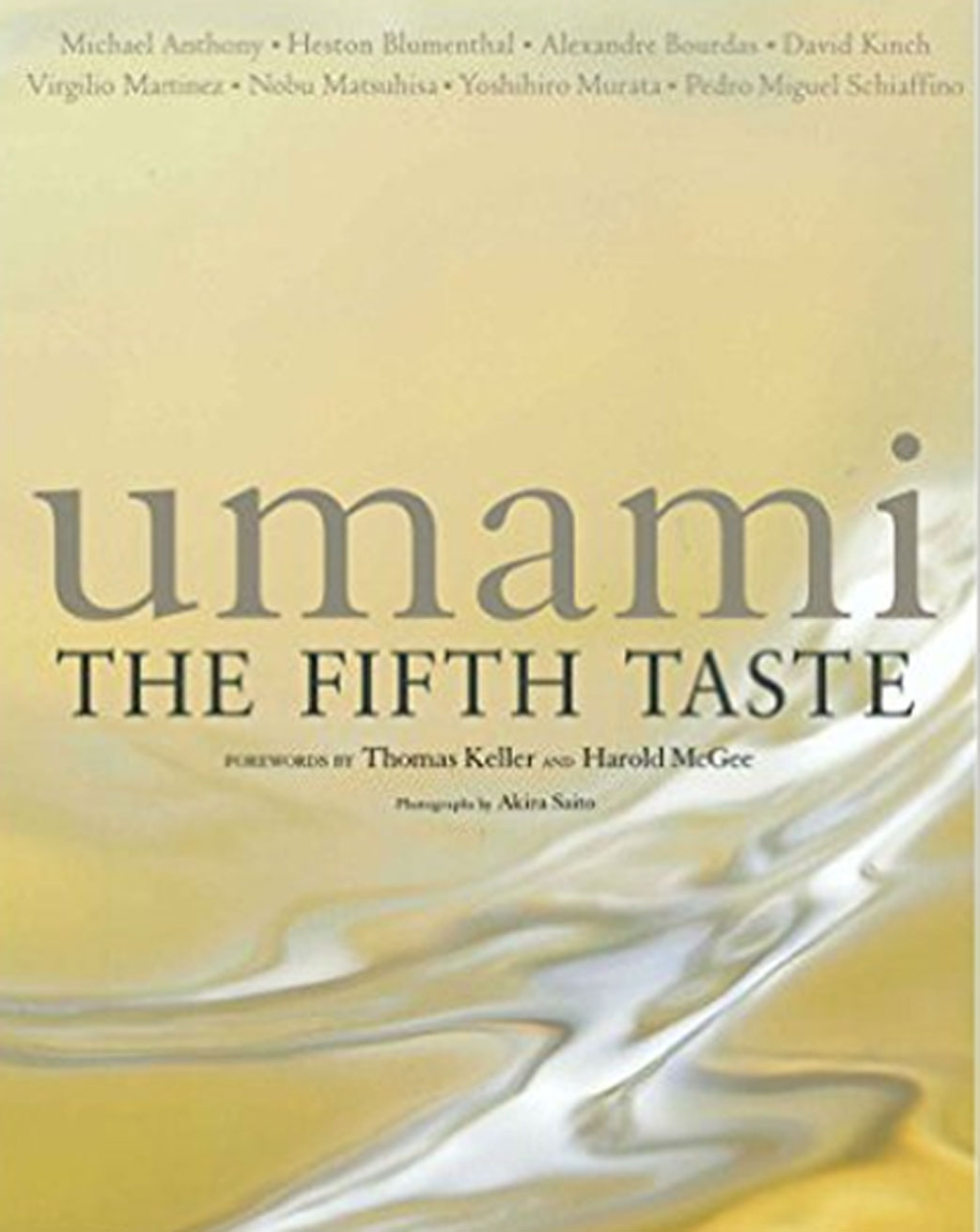It’s a buzz-word these days: Umami. It’s a very familiar taste, flavour, sensation on the taste buds but we have only relatively recently put a name to this savouriness, this deliciousness. But how do we view it with regard to sake?
 This was originally a Japanese word and it’s all about a particular taste: of ingredients, of foods and drinks, and that includes sake. These days some consider it to be a recognised flavour just like sweet, sour, salty, and bitter. Parmesan cheese and tomatoes are very Western ingredients that can be described as having umami, just like some sake.
This was originally a Japanese word and it’s all about a particular taste: of ingredients, of foods and drinks, and that includes sake. These days some consider it to be a recognised flavour just like sweet, sour, salty, and bitter. Parmesan cheese and tomatoes are very Western ingredients that can be described as having umami, just like some sake.
It is often associated with amino acid content. Glutamic acid is one of the main types of amino acids giving the umami flavour. This was discovered back in the early 1900s. Sake has much more of this than wine, which has 10-90g per litre, while sake has 100-250g per litre. Some sake is rich in umami and pairs well with foods displaying those same characteristics. Umami in a sake is not always welcomed, as a surfeit can present undesirable ‘off notes’. Dry, light sake often lacks very much umami and would work well with fresh and lightly dressed salads, some vegetarian dishes and delicate fish dishes. Sake styles with an evident umami content pair with raw or lightly fried fish, and some miso-based and mild cream-based sauces.
Elusive taste
Umami: THE FIFTH TASTE is a beautiful guide to that elusive taste, that confuses some people to the extent that they still don’t believe it actually exists. There are forewords by two world-renowned leaders in the culinary industry, chef Thomas Keller and food journalist Harold McGee. This book offers examples, recipes (including umami sweets by Regis Cursan and Keiko Nagae), history; many striking pictures by Akira Saito to illustrate the theme; and information on the science behind the recognition of umami taste. The volume also includes interviews with Michael Anthony, Heston Blumenthal, Alexander Bourdas, David Kinch, Virgilio Martinez, Nobu Matsuhisa, Yoshihiro Murata and Pedro Miguel Schiaffino. A creditable line-up of gastronomic worthies.
Research has confirmed that our mouths contain taste receptors for umami’s savouriness. There are numerous examples of the appreciation of umami from all over the world. Marmite is one of those and I think it truly demonstrates the flavour profile of umami, albeit in a rather strident and un-Japanese way. August Escoffier, the celebrated 19th-century French chef, may not have been a lover of Marmite but he recognised that there was a savoury fifth taste. He incorporated this into stocks and it was this that was to become instrumental in his rise to fame. This isn’t a new flavour. It’s always been there but now we can put a name to it: Umami – the fifth taste.
Umami: THE FIFTH TASTE
Published by: Japan Publications Trading Company
Price: £25
ISBN-10: 488996391X
ISBN-13: 978-4889963915
Read other articles about Japanese food, art and culture here
Food guidebook review by Chrissie Walker © 2018
